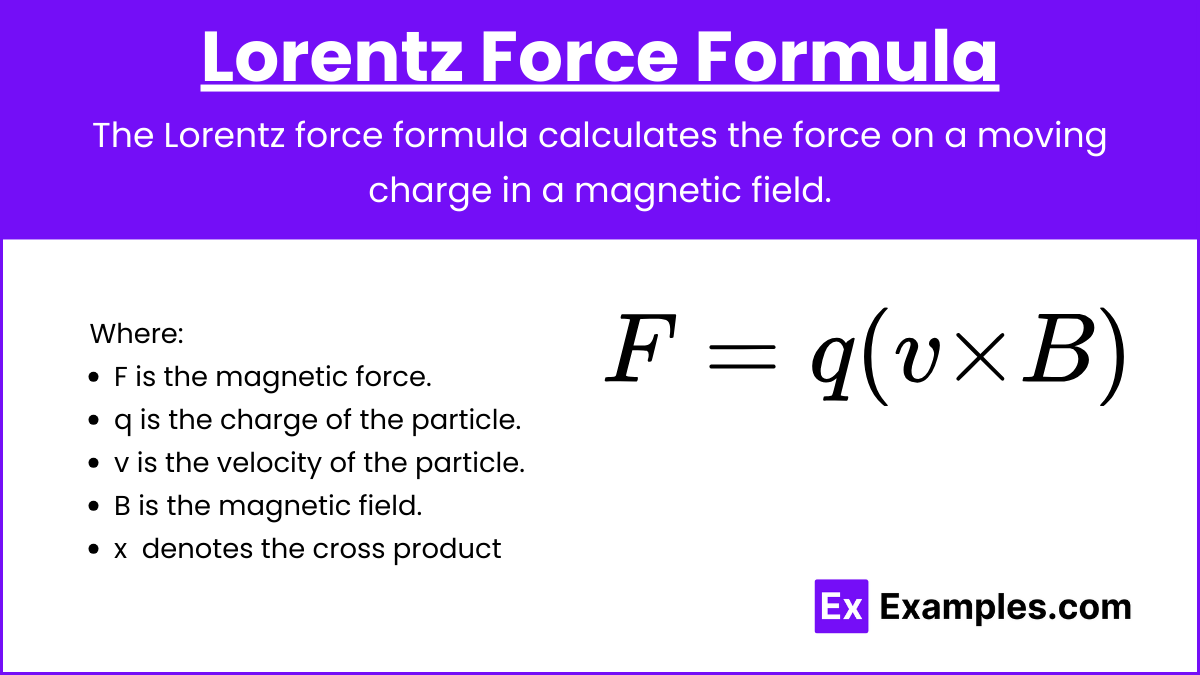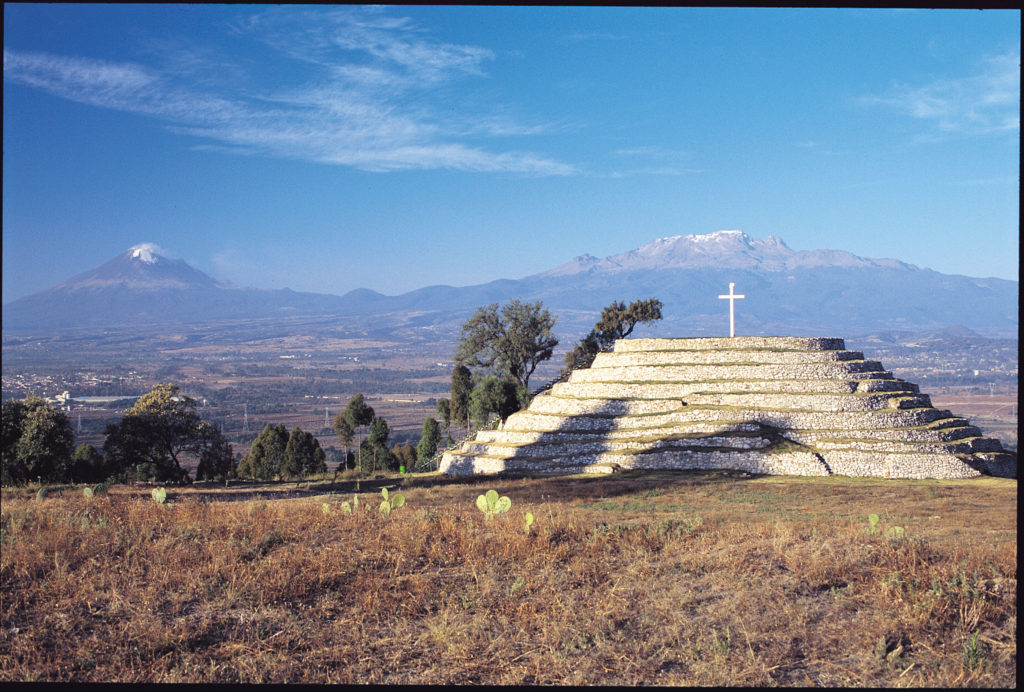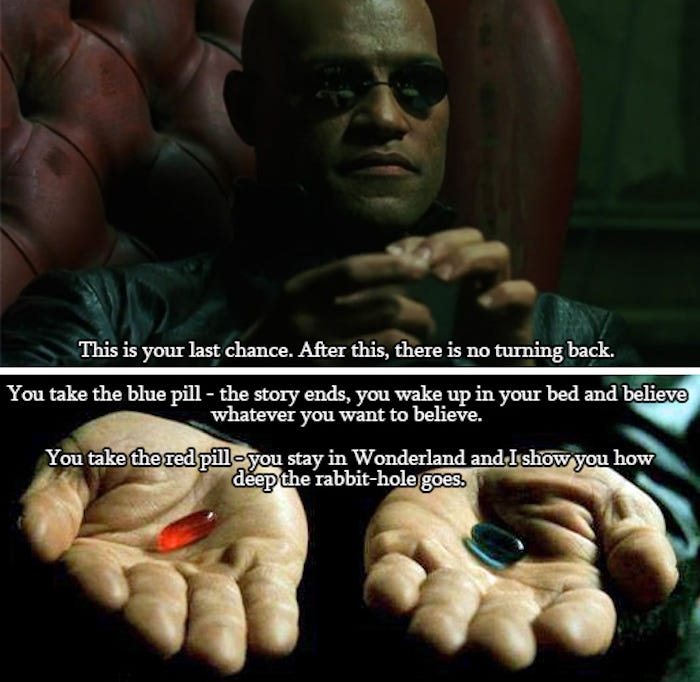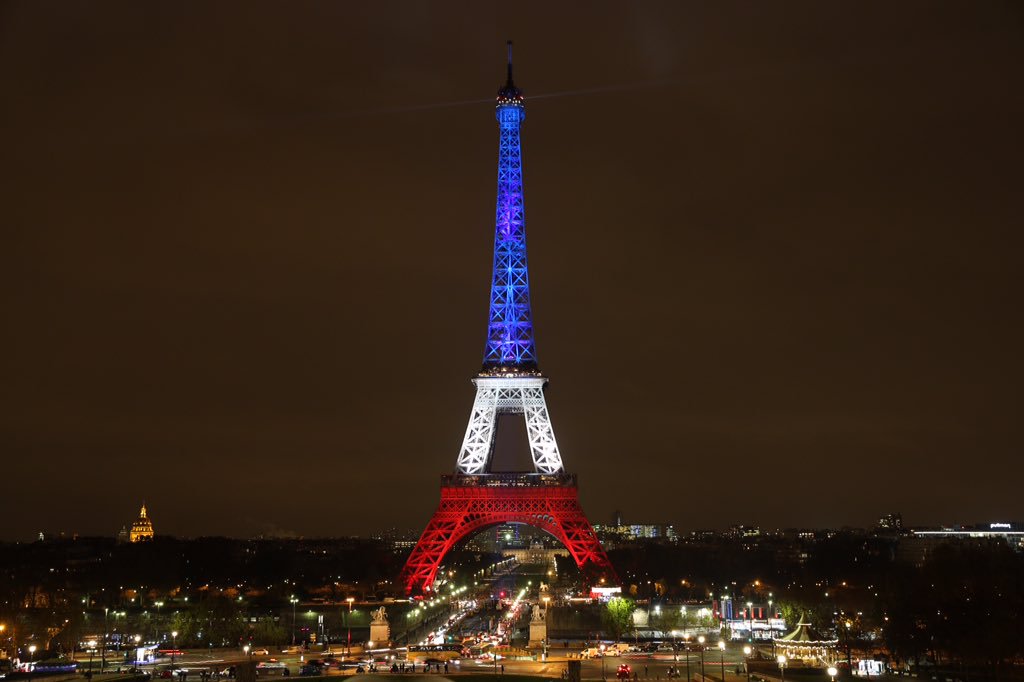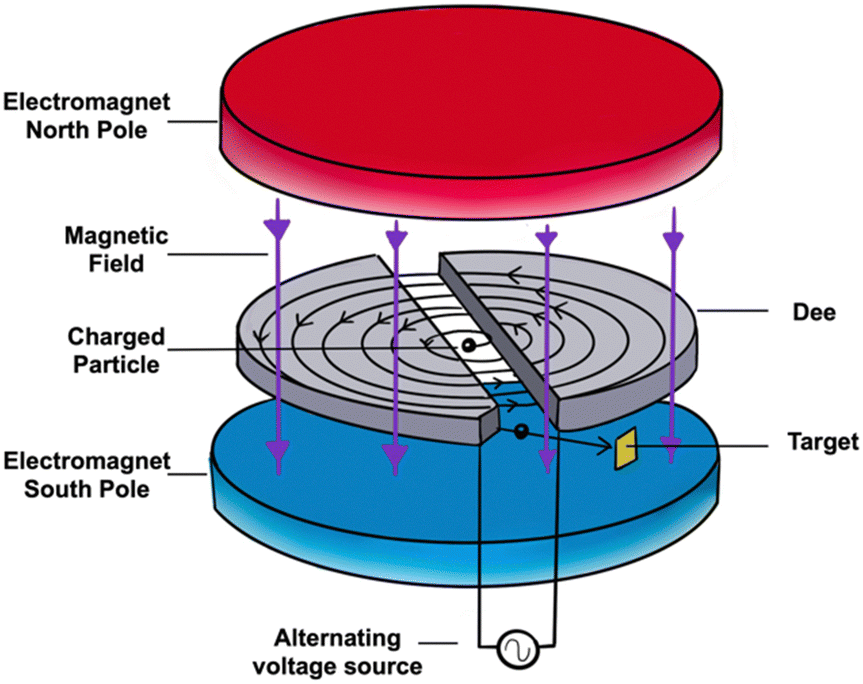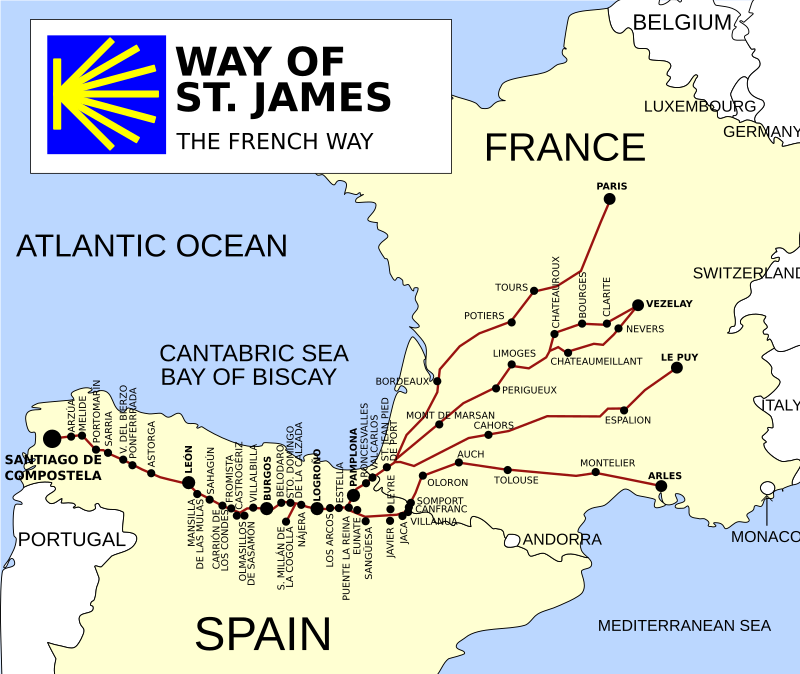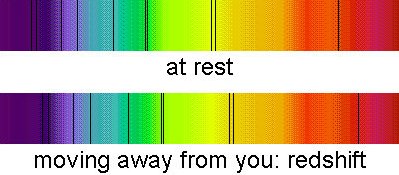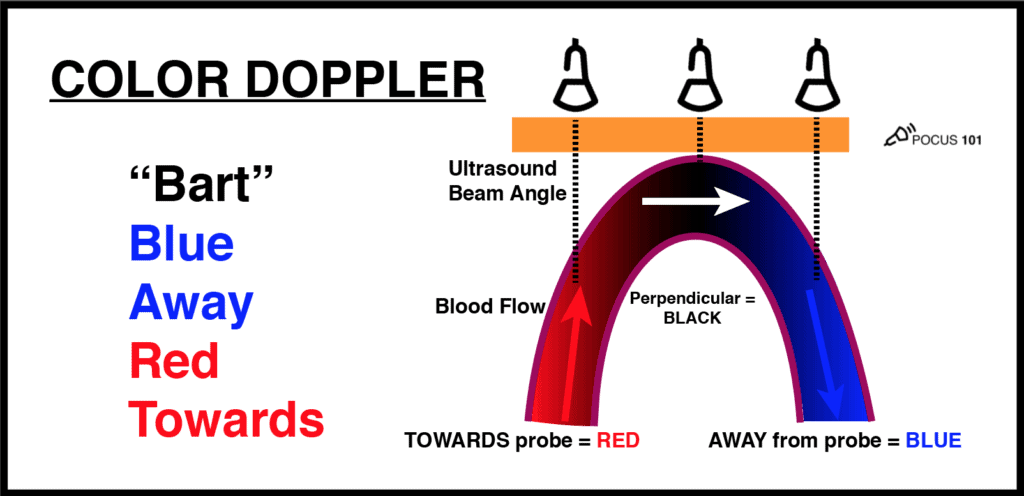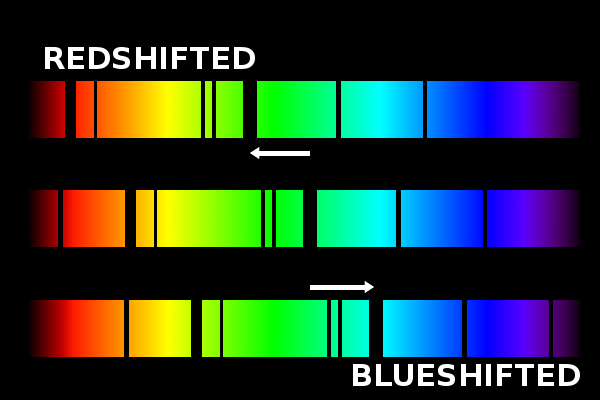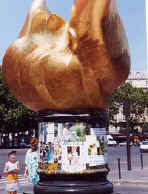|
|
General: HENDRIK LORENTZ (LAWRENCE/HOLY GRAIL) LORENTZ FORCE MAXWELL EQUATIONS RELATIVITY
Elegir otro panel de mensajes |
|
|
Hendrik Lorentz
 Painting of Hendrik Lorentz by Menso Kamerlingh Onnes, 1916  Portrait by Jan Veth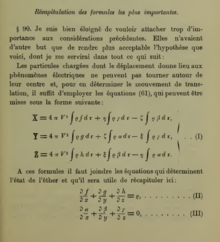 Lorentz' theory of electrons. Formulas for the Lorentz force (I) and the Maxwell equations for the divergence of the electrical field E (II) and the magnetic field B (III), La théorie electromagnétique de Maxwell et son application aux corps mouvants, 1892, p. 451. V is the velocity of light.  Lorentz' theory of electrons. Formulas for the curl of the magnetic field (IV) and the electrical field E (V), La théorie electromagnétique de Maxwell et son application aux corps mouvants, 1892, p. 452
Hendrik Antoon Lorentz ForMemRS (; 18 July 1853 – 4 February 1928) was a Dutch physicist who shared the 1902 Nobel Prize in Physics with Pieter Zeeman for the discovery and theoretical explanation of the Zeeman effect. He derived the Lorentz transformation of the special theory of relativity, as well as the Lorentz force, which describes the combined electric and magnetic forces acting on a charged particle in an electromagnetic field. Lorentz was also responsible for the Lorentz oscillator model, a classical model used to describe the anomalous dispersion observed in dielectric materials when the driving frequency of the electric field was near the resonant frequency of the material, resulting in abnormal refractive indices.
According to the biography published by the Nobel Foundation, "It may well be said that Lorentz was regarded by all theoretical physicists as the world's leading spirit, who completed what was left unfinished by his predecessors and prepared the ground for the fruitful reception of the new ideas based on the quantum theory."[2] He received many other honours and distinctions, including a term as chairman of the International Committee on Intellectual Cooperation,[3] the forerunner of UNESCO, between 1925 and 1928. He was the father and doctoral advisor of Geertruida de Haas-Lorentz.
Early life and education
[edit]
Hendrik Lorentz was born in Arnhem, Gelderland, Netherlands, the son of Gerrit Frederik Lorentz (1822–1893), a well-off horticulturist, and Geertruida van Ginkel (1826–1861). In 1862, after his mother's death, his father married Luberta Hupkes. Despite being raised as a Protestant, he was a freethinker in religious matters and regularly attended Catholic mass in his local French church.[4] From 1866 to 1869, he attended the "Hogere Burgerschool" in Arnhem, a new type of public high school recently established by Johan Rudolph Thorbecke. His results in school were exemplary; not only did he excel in the physical sciences and mathematics, but also in English, French, and German. In 1870, he passed the exams in classical languages which were then required for admission to University.[5]
Lorentz studied physics and mathematics at Leiden University, where he was strongly influenced by the teaching of astronomy professor Frederik Kaiser; it was his influence that led him to become a physicist. After earning a bachelor's degree, he returned to Arnhem in 1871 to teach night school classes in mathematics, but he continued his studies in Leiden in addition to his teaching position. In 1875, Lorentz earned a doctoral degree under Pieter Rijke on a thesis entitled "Over de theorie der terugkaatsing en breking van het licht" (On the theory of reflection and refraction of light), in which he refined the electromagnetic theory of James Clerk Maxwell.[5][6]
Professor in Leiden
[edit]
On 17 November 1877, only 24 years of age, Lorentz was appointed to the newly established chair in theoretical physics at the University of Leiden. The position had initially been offered to Johan van der Waals, but he accepted a position at the Universiteit van Amsterdam.[5] On 25 January 1878, Lorentz delivered his inaugural lecture on "De moleculaire theoriën in de natuurkunde" (The molecular theories in physics). In 1881, he became member of the Royal Netherlands Academy of Arts and Sciences.[7]
During the first twenty years in Leiden, Lorentz was primarily interested in the electromagnetic theory of electricity, magnetism, and light. After that, he extended his research to a much wider area while still focusing on theoretical physics. Lorentz made significant contributions to fields ranging from hydrodynamics to general relativity. His most important contributions were in the area of electromagnetism, the electron theory, and relativity.[5]
Lorentz theorized that atoms might consist of charged particles and suggested that the oscillations of these charged particles were the source of light. When a colleague and former student of Lorentz's, Pieter Zeeman, discovered the Zeeman effect in 1896, Lorentz supplied its theoretical interpretation. The experimental and theoretical work was honored with the Nobel prize in physics in 1902. Lorentz' name is now associated with the Lorentz–Lorenz equation, the Lorentz force, the Lorentzian distribution, the Lorentz oscillator model and the Lorentz transformation.
Electrodynamics and relativity
[edit]
In 1892 and 1895, Lorentz worked on describing electromagnetic phenomena (the propagation of light) in reference frames that move relative to the postulated luminiferous aether.[8][9] He discovered that the transition from one to another reference frame could be simplified by using a new time variable that he called local time and which depended on universal time and the location under consideration. Although Lorentz did not give a detailed interpretation of the physical significance of local time, with it, he could explain the aberration of light and the result of the Fizeau experiment. In 1900 and 1904, Henri Poincaré called local time Lorentz's "most ingenious idea" and illustrated it by showing that clocks in moving frames are synchronized by exchanging light signals that are assumed to travel at the same speed against and with the motion of the frame[10][11] (see Einstein synchronisation and Relativity of simultaneity). In 1892, with the attempt to explain the Michelson–Morley experiment, Lorentz also proposed that moving bodies contract in the direction of motion (see length contraction; George FitzGerald had already arrived at this conclusion in 1889).[12]
In 1899 and again in 1904, Lorentz added time dilation to his transformations and published what Poincaré in 1905 named Lorentz transformations.[13][14]
It was apparently unknown to Lorentz that Joseph Larmor had used identical transformations to describe orbiting electrons in 1897. Larmor's and Lorentz's equations look somewhat dissimilar, but they are algebraically equivalent to those presented by Poincaré and Einstein in 1905.[15] Lorentz's 1904 paper includes the covariant formulation of electrodynamics, in which electrodynamic phenomena in different reference frames are described by identical equations with well defined transformation properties. The paper clearly recognizes the significance of this formulation, namely that the outcomes of electrodynamic experiments do not depend on the relative motion of the reference frame. The 1904 paper includes a detailed discussion of the increase of the inertial mass of rapidly moving objects in a useless attempt to make momentum look exactly like Newtonian momentum; it was also an attempt to explain the length contraction as the accumulation of "stuff" onto mass making it slow and contract.
|
|
|
|
|
Different cyclotron size: a) Lawrence ́s first one, b) Venezuela First one (courtesy of Dorly Coehlo), c) Fermi National Laboratory at CERN. And size matters, and Cyclotrons win as best hospital candidates due to Reactors are bigger, harder and difficult to be set in a hospital installation. Can you imagine a nuclear reactor inside a health installation? Radiation Protection Program will consume all the budget available. Size, controlled reactions, electrical control, made cyclotrons easy to install, and baby cyclotrons come selfshielded so hospital don ́t need to spend money in a extremely large bunker. Now on, we are going to talk about our first experience with the set up of a baby cyclotron for medical uses inside the first PET installation in Latin America. “Baby” means its acceleration “D” diameters are suitable to be set inside a standard hospital room dimensions, with all its needs to be safetly shielded for production transmision and synthetized for human uses for imaging in Nuclear Medicine PET routine. When we ask why Cyclotrons are better than reactors for radioisotopes production to be used in Medicine, we also have to have in mind that they has: 1. Less radioactive waste 2. Less harmful debris
https://www.researchgate.net/figure/Different-cyclotron-size-a-Lawrence-s-first-one-b-Venezuela-First-one-courtesy-of_fig3_221906035
 |
|
|
|
|
MOTORES ELÉCTRICOS. Ley de LORENTZ

La fuerza magnética está descrita por la ley de la Ley de Lorentz:

Fuerza de Lorentz
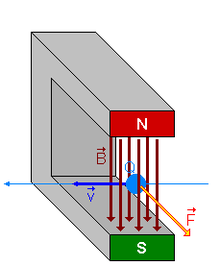
Una cantidad fija de carga q que se mueve a una velocidad constante v en un campo magnético uniforme B, experimenta una fuerza F, perpendicular tanto a la velocidad v como al campo B

Hendrik Antoon Lorentz, 1921
A veces queremos encontrar la fuerza que actúa sobre un alambre de longitud L por el que pasa una corriente I que se encuentra dentro de un campo magnético. Podemos lograrlo al reordenar la expresión previa. Si recordamos que la velocidad es la distancia dividida entre el tiempo, y puesto que la corriente I es la cantidad de carga que fluye por unidad de tiempo, entonces
q.v.B = q.(L/t).B = (q/t).L.B = I.L.B
Así obtenemos otra expresión para la Fuerza de Lorentz:

Estas fuerzas se pueden utilizar para provocar un PAR DE FUERZAS que hagan girar una espira, siendo este efecto el principio de funcionamiento de los motores eléctricos.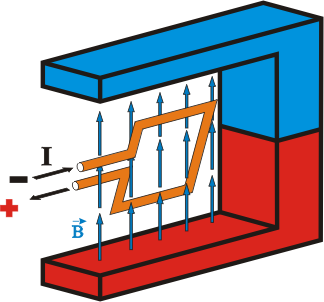

Par de fuerzas de Lorentz sobre una espira
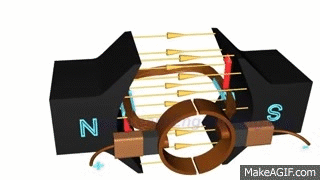
Motor CC
Examen hasta aquí
El valor del momento de fuerza viene dado por el producto de la fuerza por la distancia que separa ambas líneas de acción:
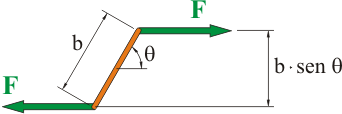 
A continuación, se sustituye la fuerza por su valor, teniendo en cuenta que la intensidad y el campo magnético son siempre perpendiculares. Después se reorganizan los términos de la expresión:

Ahora, el producto de la longitud de la espira por su anchura da como resultado la superficie de la misma. Con ésto se obtiene una expresión que es independiente de la forma de la espira, y sólo influye su superficie:

Y, ya para acabar, se transforma esta igualdad en un producto vectorial si se considera la superficie como un vector cuyo módulo es el valor de superficie, dirección perpendicular al plano de la espira y sentido definido por la regla de la mano derecha según el sentido de la intensidad, previamente invertida:
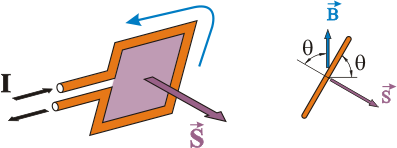  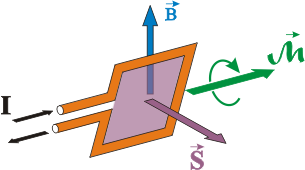
Con lo cual, además, tenemos la dirección del momento de giro como un vector, y nuevamente por la regla de la mano derecha este vector indica el sentido de giro. Cuando hay varias espiras, la expresión se multiplica por el número de las mismas:


Me gusta esto:
|
|
|
|
|
- ARCHIVE
Lorenz-force motors
In 1831, Michael Faraday discovered that subjecting a coil to a moving magnetic field induces a current. Today, electromagnetic induction powers most
In 1831, Michael Faraday discovered that subjecting a coil to a moving magnetic field induces a current. Today, electromagnetic induction powers most electric motors, along with a phenomenon described in Ampere's law (involving the forces generated between the magnetic field surrounding a current-carrying conductor and an external magnetic field.) But the interaction of the magnetic and mechanical forces inherent to this design is not always the most efficient.
That's why some motors use Lorenz forces instead. Named after the Nobel laureate, this force is that experienced by a point charge moving along a wire in a magnetic field, at right angles to both the current and magnetic vector. Current in a Lorenz motor may be viewed as a procession of moving charges subject to Lorentz force, thereby transduced to a force on the conductor itself. This force is then multiplied by the number of coil conductors.
Note: Versions of Lorenz-force motors are sometimes also called pancake motors; Timken has used them in cutting-edge vehicle designs detailed here.
Q&A
In short, Lorentz and Faraday motors both use electromagnetic properties to create mechanical work, but the way the forces are applied in a traditional Faraday motor means it is always trying to reshape itself. By contrast, the lack of steel in Lorentz-force motors allows application of electromagnetic forces with almost no mechanical energy losses — and no electrical lamination “buzzing” noise.
Q: How powerful are Lorenz-force motors?
A: It's been held that power density is not achieved by coils alone. However, the forming, interleaving, precision layer winding, and square magnet (or litz) wire in Lorenz stators eliminates the need for steel poles to concentrate flux created by current in the coil. Stacking of coil and rotor segments multiplies torque in a compact package, and extra multiplication is possible with integral planetary gearheads — in virtually the same footprint as an induction motor.
Q: How does the performance of Lorenz-force motors differ from traditional motors?
A: Eliminating poles to concentrate flux means the motors effectively eliminate core saturation, without exotic steels. No saturation means a linear current/torque relationship over an unusually wide range resulting in high torque at low rpm, including at stall. This allows the use of high current to produce proportionally high torque, for better efficiency and less waste heat. Together, extended torque linearity and higher torque translate into excellent damping and reduced overshoot in servo applications. (Because the controller doesn't have to compensate for saturation or iron losses, it gets back everything it puts in.) Performance is consistent in all modes: constant or variable speed, steady state, intermittent, and reversible.
Lorenz-force motors are also responsive, precise (in terms of speed and torque), and repeatable (to within two arc-seconds). Their low coil inductance and thus electrical time constant translate to better precision and bandwidth in servo applications.
Q: Why aren't Lorenz-force motors the norm?
A: The majority of motor applications today require only brute horsepower. And until recently, most motors only needed to provide rotation and torque — for which conventional motors are quite efficient under the right circumstances. But this is changing.
In a growing number of applications, motors are being called on to provide motion control in addition to horsepower. This has led to increased use of specialty motors that accelerate quickly, present little inertia, and produce torque proportional to current with no torque ripple. Although today's applications may justify the more costly winding configurations of Lorenz motors, there is one caveat. Lorenz motors have no core losses and thus no inductive heating, but the elimination of steel from the heat-generating portion of the motor makes it more difficult to remove the heat caused by winding I2R losses. Another concern is that off-the-shelf amplifiers may not be suitable for Lorentz force motors owing to the extremely low inductance due to the lack of iron.
This month's handy tips provided by J.E.Marth,V.P.of Engineering at Bodine Electric Co., and Edmund Glück. For more information, visit www.bodine.com.
|
|
|
|
|
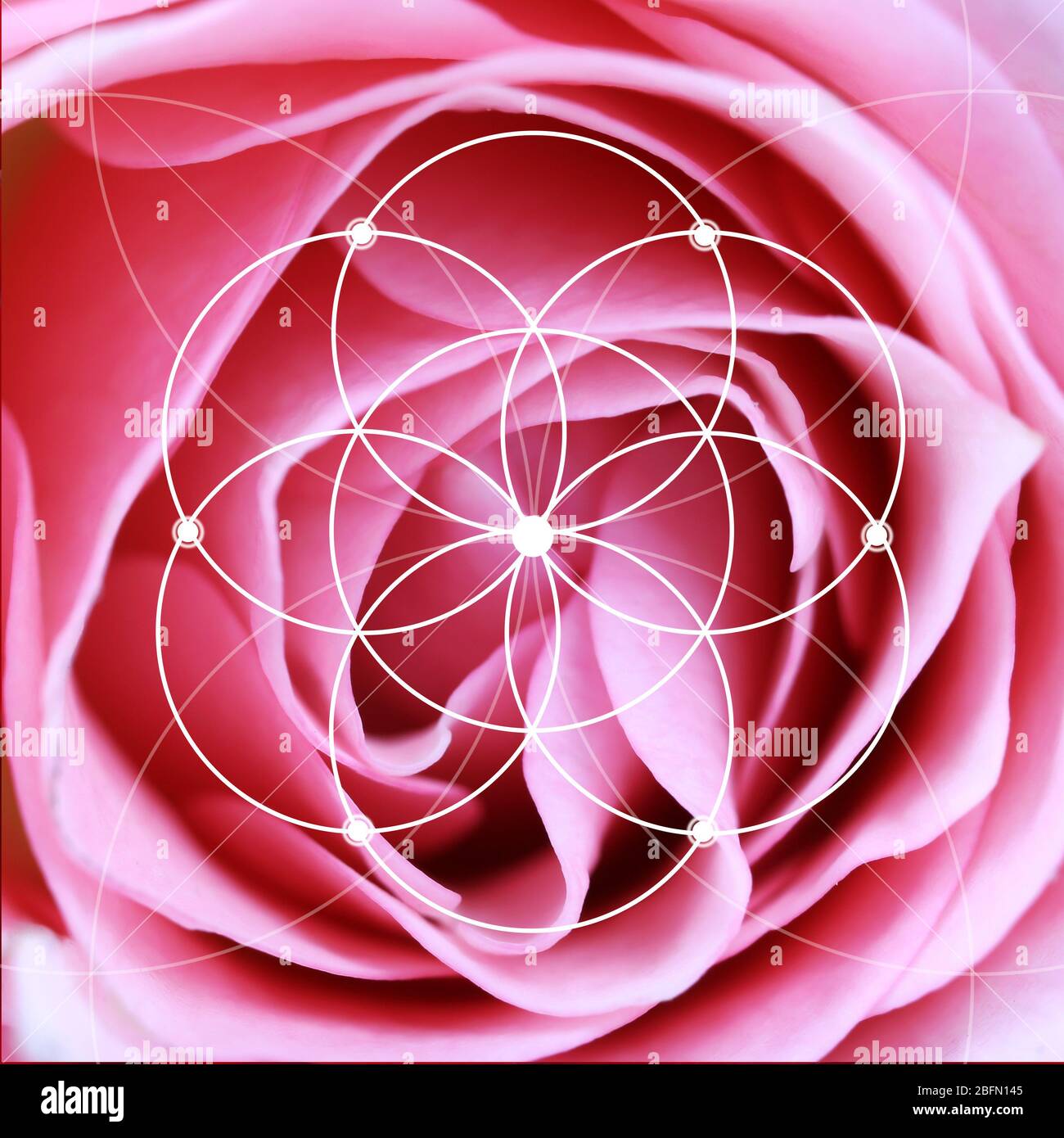  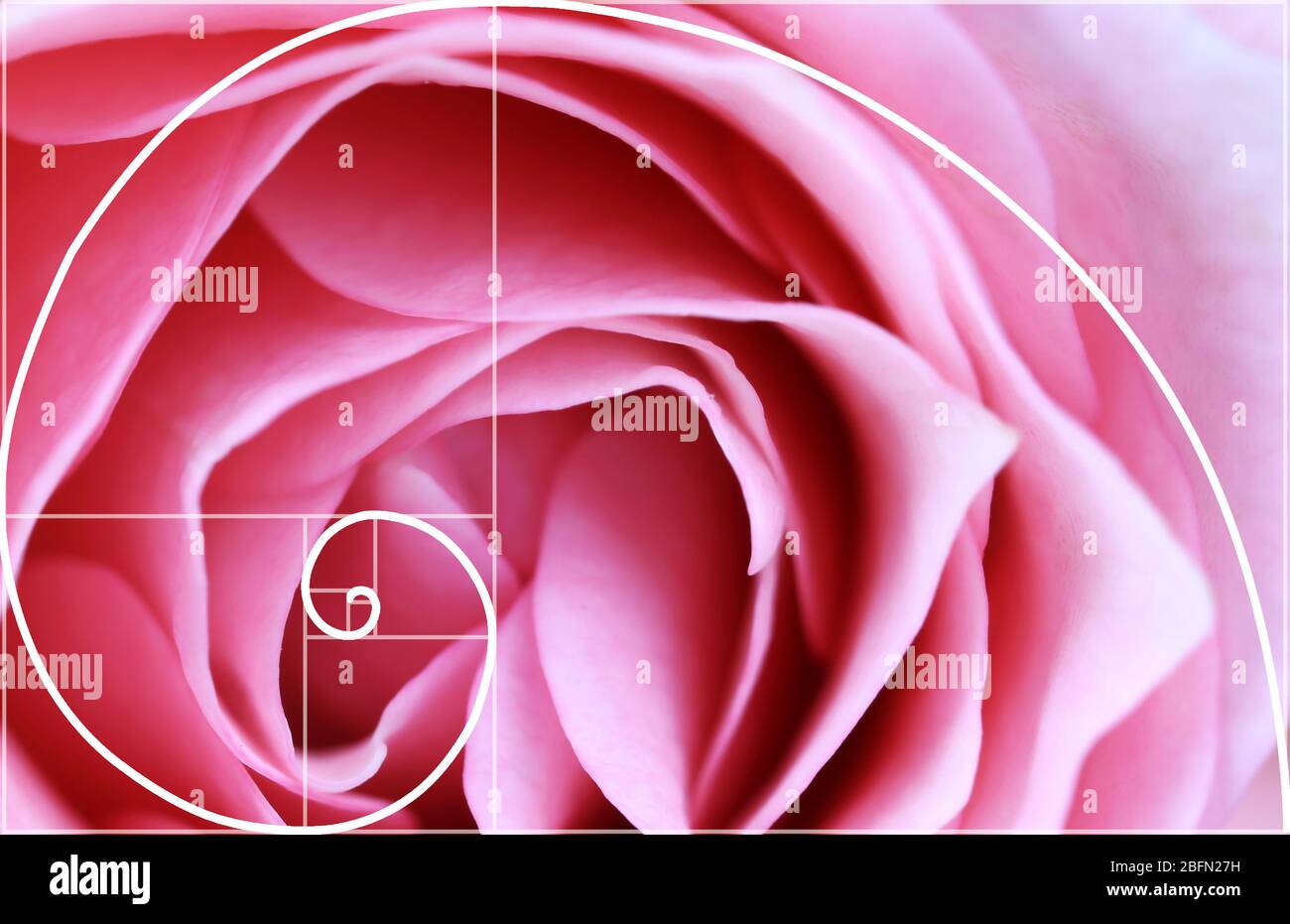 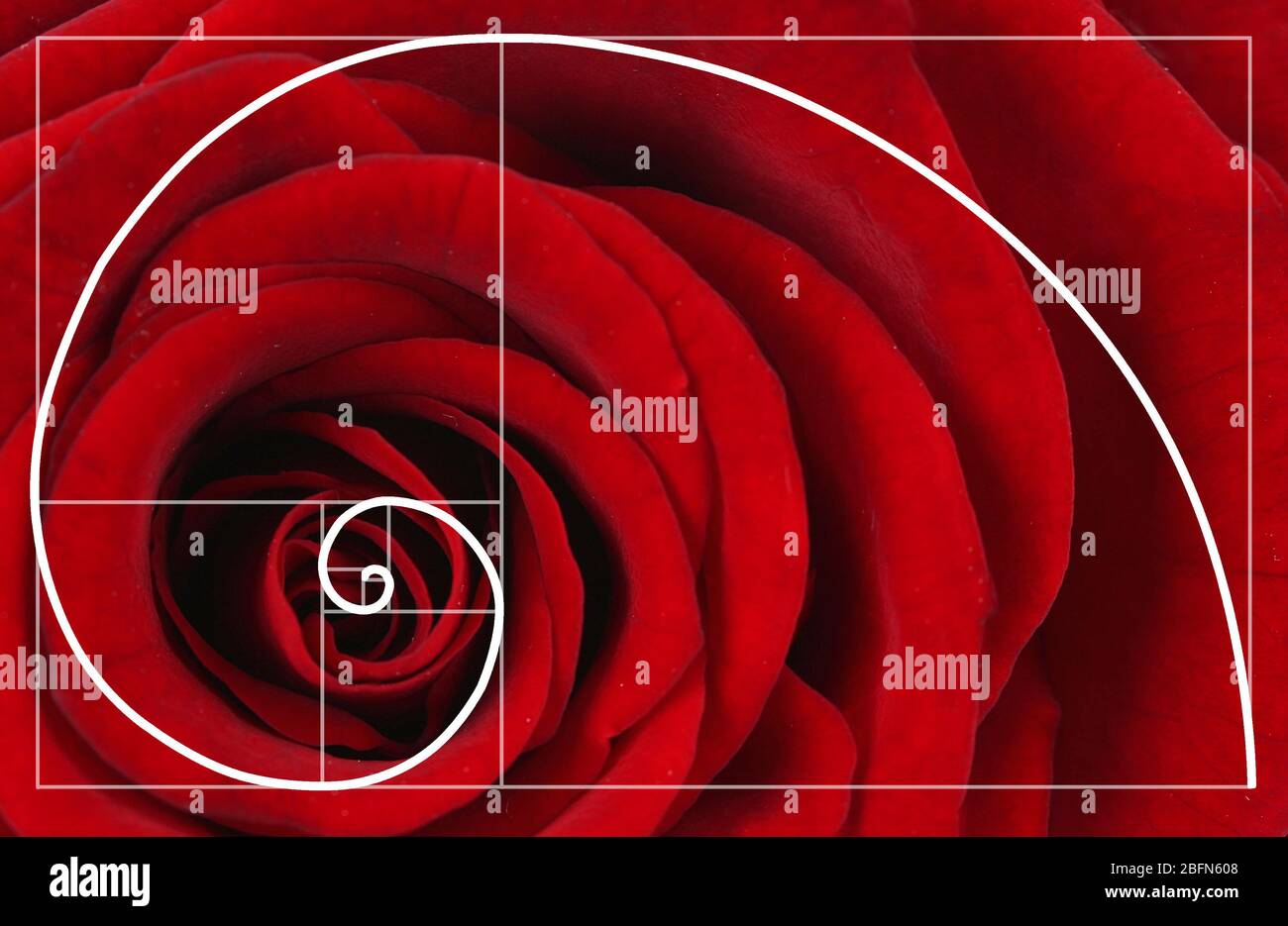 
Subestación eléctrica de maniobras Magdalena I (Parque Solar Magdalena I)
NOVIEMBRE 17, 2021 PV MAGAZINE
Pirámide de la Espiral Xochitecatl, Tlaxcala
Fotografía: Gobierno del estado de Tlaxcala
La Dirección General de Impacto y Riesgo Ambiental de la Secretaría de Medio Ambiente y Recursos Naturales informa que ha recibido la documentación de la firma promovente Más Energía, para el proyecto de la Subestación eléctrica de maniobras Magdalena I (Parque Solar Magdalena I).
El proyecto consiste en la construcción, operación y mantenimiento de una subestación eléctrica de maniobras, dos accesos, y una línea eléctrica de entronque de 400 Kv que se interconectará a una línea de transmisión eléctrica existente de 400 Kv propiedad de la Comisión Federal de Electricidad para desahogar la energía eléctrica que se genera en la planta fotovoltaica parque solar Magdalena I al Sistema Eléctrico Nacional.
Este contenido está protegido por derechos de autor y no se puede reutilizar. Si desea cooperar con nosotros y desea reutilizar parte de nuestro contenido, contacte: editors@pv-magazine.com.
 
6 Schematic representation of a cyclotron. The distance between the pole pieces of the magnet is shown larger than reality to allow seeing what is inside
https://www.researchgate.net/figure/Schematic-representation-of-a-cyclotron-The-distance-between-the-pole-pieces-of-the_fig3_237993541
|
|
|
|
|
- "[T]his makes it rather clear that Janet Jackson, via exposing her right breast and her juxtaposition with Beyonce
 (representing the American spirit), was 'designed' to embody Lady Justice/Liberty - signifying or prompting the rebirth of the spirit of 'Columbia'. The prevalent 'blackness' additionally alludes to the pertinence of another related figure Mary Magdalene, recently made popular by the huge success of the book The Da Vinci Code, as this biblical/esoteric 'wife' of Jesus - embodying the feminine and sexuality - was sometimes portrayed as the 'Black Madonna'." (representing the American spirit), was 'designed' to embody Lady Justice/Liberty - signifying or prompting the rebirth of the spirit of 'Columbia'. The prevalent 'blackness' additionally alludes to the pertinence of another related figure Mary Magdalene, recently made popular by the huge success of the book The Da Vinci Code, as this biblical/esoteric 'wife' of Jesus - embodying the feminine and sexuality - was sometimes portrayed as the 'Black Madonna'."
https://www.goroadachi.com/etemenanki/lucifer-timecode-2.htm |
|
|
|
|
Did you know there are eight Statue of Liberty replicas in Paris?

Here’s the inside guide for how to find all the Statue of Liberty replicas in Paris. Note: One of the liberties is on loan to the US, so technically there are only seven.
First: a lightning quick guide for those who don’t know: The Statue of Liberty was designed by French sculptor Frédéric Auguste Bartholdi and constructed by Gustave Eiffel (yes, the man who made the Eiffel Tower). Liberty was gifted the to US by the French in the late 1880s.
So, here’s where to find the Liberty statues in Paris (and beyond).
The podcast episode
Here’s a quick explainer of it all in podcast form, plus some info about our grand plans to find them all Live on YouTube for July 4th, 2024.
The interactive map
Now, here’s an interactive map of all the Liberty statues to help you find them.
1. The biggest
The grandest replica of all is just off the Grenelle Bridge on the little man-made island called Île aux Cygnes. That’s it pictured above (and below). While Liberty in New York was a gift from the French, this statue in Paris was a gift from the Americans in Paris. And it’s the biggest too, at 11.50 metres (37 feet 9 inches) – which is exactly a quarter as big as the one in New York.

2. The hardest to find
There’s a Liberty nestled in the Jardin de Luxembourg in the sixth arrondissement. You can find it on the western edge of the park. Here’s what it looks like today. It’s just one of many, many statues in the park, so you’re forgiven if you can’t find her straight away.

3. The most prestigious
Head inside the famed Musee d’Orsay on the Left Bank to find this Liberty, which is located in the grand central aisle on the ground floor.
In fact, if you want an in-depth history of Lady Liberty and France, head over to the Musee d’Orsay’s site for much more information.

Subscribe to the Earful Tower newsletter
Want more from Paris? Sign up for the free Earful Tower newsletter, which we send out every Friday through Substack.
4 and 5. The closest two Lady Libs
If you want a two-for-one deal, head to the Arts-et-Metiers museum in the third arrondissement. There’s a Liberty replica right out the front of the building (well, not anymore… it’s on loan to the US). And if you head inside the museum, there’s another perched atop a display in the centre of the main hall.
 
6. The smallest
You’ll have to look very closely for this one. First you’ve got to find the 5m tall statue called Le Centaure at 2 Place Michel Debré in the 6th arrondissement. It was made by French artist César in 1985 and depicts a centaur. And emerging from the breastplate of this centaur you might be able to see a tiny liberty poking out! Full statue followed by a closeup:
 
7. The private Liberty
A listener alerted me to this one and it’s inside a private building. But, if you ever happen to have business at 5 rue du Cirque in the 8th you’ll see a sizeable Liberty in the lobby. Here’s a closer look.

8. The floatiest
There’s an EIGHTH Liberty on top of a péniche by the Eiffel Tower. Who’d have thought? Here’s a pic via my Instagram account (go follow for much more from Paris).
https://theearfultower.com/2024/07/01/did-you-know-there-are-five-statue-of-liberty-replicas-in-paris/ |
|
|
|
|
She is interchangeable with Columbia - the feminine personification of the United States. It was in the South Carolina state capital Columbia that Gov. Sanford revealed his Argentine affair... echoed by a train collision in the District of Columbia (Washington DC) on June 22:

June 22 DC Metro subway trains collide - 9 dead, 80 injured
Timeline:
June 18-24: Gov. Sanford missing/crying in Argentina
June 21: 'Impact' Part 1 on ABC; Prince William birthday
June 22: DC Metro Red Line trains in collision
June 23: US Moon probes (LRO/LCROSS) reach Moon
June 24: Gov. Sanford reveals Argentine affair
June 25: Death of Michael Jackson & Farahh Fawcett
'Metro' means 'meter' in Spanish, Italian, Portuguese, etc. The meter is historically defined as 1/10,000,000 of the distance between the North Pole and the equator through Paris, or in other words the Paris Meridian between the North Pole and the equator. The Paris Meridian is also the 'Rose Line' (an esoteric concept popularized by The Da Vinci Code) i.e. a 'Red Line'...

DC Metro Red Line = French/Columbian Rose Line
...traditionally implying the Blood Royal/Sangraal or the Marian/Columbian Bloodline of the Holy Grail.
In Bloodline of the Holy Grail Laurence Gardner writes of the House of Stuart, the royal bloodline to which Princess Diana and her children belong (pp. 344-5):
https://www.goroadachi.com/etemenanki/moonwalker.htm |
|
|
|
|
Lawrence's DeLorean Repair and Services provides DeLorean service to the Dearborn Heights, Michigan area. Services include tune-ups, repairs, restorations, frame removal, mechanical, steering, suspension and updates[1].
https://deloreantech.fandom.com/wiki/Lawrence%27s_DeLorean_Repair_and_Services |
|
|
|
|
Tesla Defined
We have a 3.0 tesla MR scanner at our hospital. I know this is a very strong magnet, but what exactly is a tesla?
|
|
|
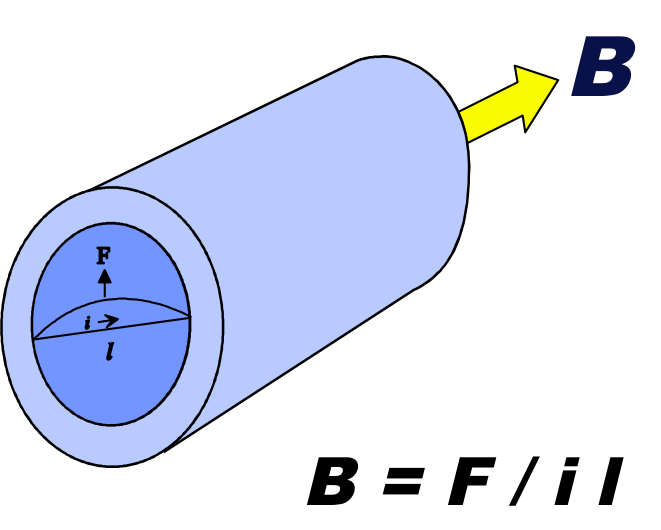
Definition of B
The simplified definition of tesla describes only the magnitude (B) of the field at a given point. If the field is perfectly uniform, B is the same at all points within the field. In general, however, the structure of the magnetic field is more complex, and B may have different values and directions of action at different points in space. A magnetic field is therefore formally defined to be an array of vectors (denoted by the boldfaced letter B) whose magnitude B and direction at each point in space define how the field will act on a charge moving at that location.
|
Consider a hypothetical wire stretched across the bore of an MR scanner whose magnetic field B is shown in the picture. When a current is passed along this wire, a magnetically generated (Lorentz) force deflects the wire upward. This force (F) is proportional to the current (i), the length of the wire (l), and the strength of the magnetic field (B) and is given by
F = (i l) B
The dimensional units for B are therefore newtons per ampere-meter, or tesla (T). In other words, a wire carrying a current of 1 ampere perpendicular to a magnetic field of 3.0 tesla experiences a deflecting force of 3.0 newtons (N) along each meter of its length.

Dr. Elster in a different kind of Tesla!
|
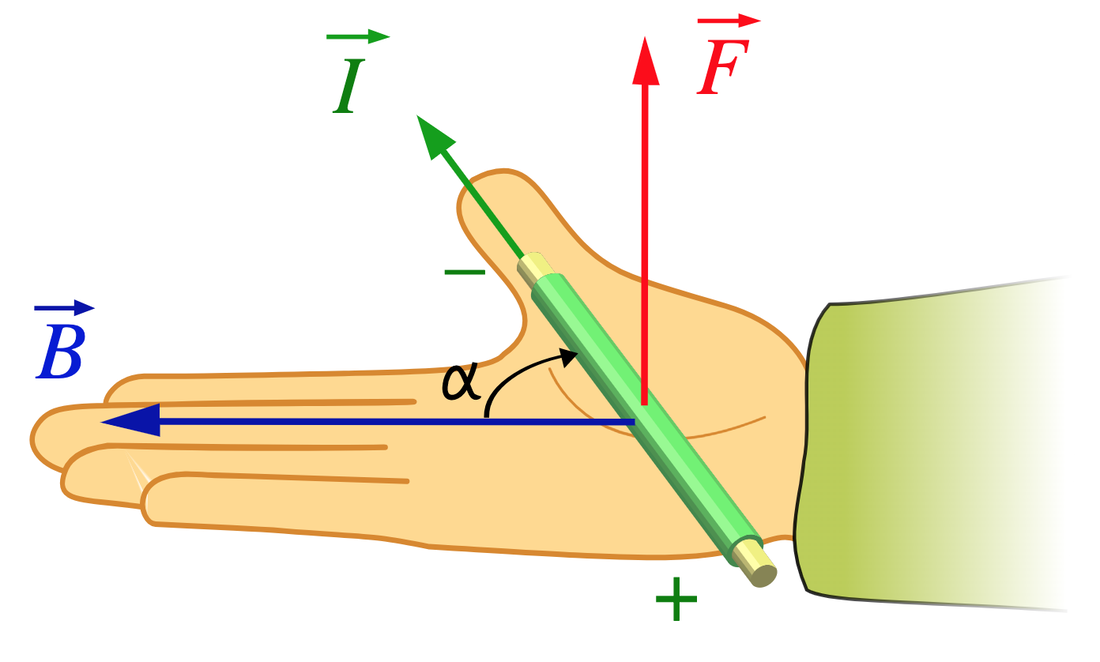
The Lorentz force (F) based on the right-hand rule.
(Image courtesy of JF Malero)
|
The above equation F = (i l) B is the scalar form of the the Lorentz force law, that more properly should be written in vector form as
F = I x B
where F, I, and B are vectors whose relation is defined by the cross product and the right-hand rule. Here I is a current vector whose magnitude and direction is the length of the wire times the conventional current charge flow (i).
|
https://mriquestions.com/what-is-a-tesla.html |
|
|
 Primer Primer
 Anterior
6 a 20 de 20
Siguiente Anterior
6 a 20 de 20
Siguiente
 Último
Último

|
|
| |
|
|
©2025 - Gabitos - Todos los derechos reservados | |
|
|



![]()





![]()
![]()
![]()

![]()

![]()








